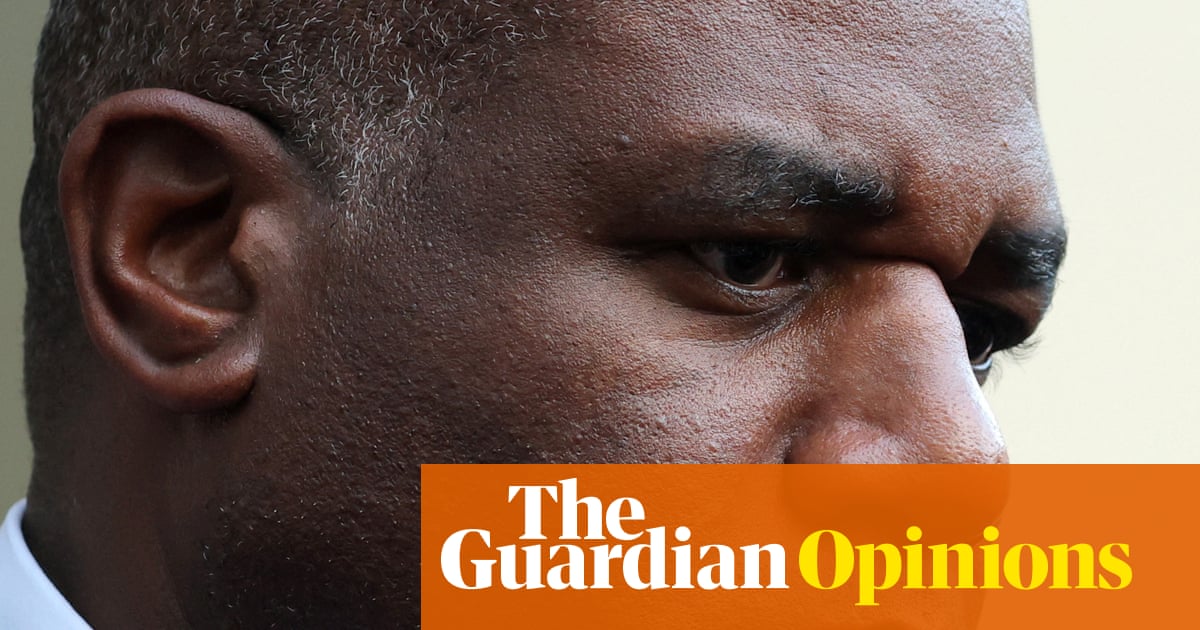“Can I get your professional opinion?” my friend asks. In the 30 years since medical school, we have exchanged many opinions but a constant has been the curveball questions thrown up by patient care. Questions that don’t have a clear answer that nonetheless test us.
A new patient from last week has unexpectedly returned a biopsy showing cancer. The man typically defers his appointments, citing an inflexible work schedule. His first visit was delayed by a month and he doesn’t intend to return for the results any time soon. But suddenly, he doesn’t have the luxury of time. To plan treatment, the tumour board will need specialised tests. The tests can hardly be ordered without the patient knowing why.
“What should I do if he just won’t come?” she vexes.
“Call him to disclose the diagnosis so he can move forward.”
She flinches, saying she cannot imagine delivering such life-changing news over the phone.
“It sounds so impersonal,” she protests, as I simultaneously say, “I do it all the time.”
Her concern leaves me feeling callous.
That morning, my email contains many important results, all ending with the invariable question: “What do you want to do?”
Public hospital waiting lists are long, resources thin. It would take a sophisticated miracle to coordinate the timing of results with the timing of appointments.
In oncology, handling the good results is easy: most patients will gladly accept the news from a nurse and wait patiently for a doctor’s appointment.
But when the news is bad, people reasonably expect a doctor to be at hand to answer the question, “What does this mean for me?” To add stress, patients are increasingly handed their results from another provider not equipped to explain their significance or download their own results without understanding what they mean.
My friend is right: all our patients deserve to be seen in person. Difficult news conveyed compassionately and sensitively does not alter the facts but does change the patient experience.
Still, knowing this does not always change what I can do.
Of the results in front of me, the most concerning is the emergence of liver metastases in a patient who has always been well. How to break bad news to someone going about her usual workday? Perhaps she is in a meeting, or doing the groceries, or pruning her flowers.
Finding a face-to-face appointment will delay an entire procession of events. The wait itself might not be consequential but the fact of it would be disquieting.
On the other hand, a cold call sounds, well, cold. There will be no gaze to meet, hand to touch, or silence to mark together. If she failed to answer, what voicemail would I leave? If she asked if it was urgent, how would I reply?
Staring at the pictures of her liver, I ask myself how this patient in this set of circumstances might want to hear bad news. Her file holds reams of information gathered over years. What she is allergic to. What her hobbies are. What treatments she has had.
Perhaps someone should have asked well before now: “How do you like your bad news delivered?” Absent her input, I use my instinct.
The phone call is excruciating. She is shocked but also as pragmatic as I had predicted.
But if making these phone calls is hard, ending them is somehow worse, knowing that afterwards patients are left alone to face the onslaught of new worries. Shunning platitudes, I simply say that a small army of people is on her case and we will soon be in touch.
That whole night, I am uneasy. The next day bleeds into evening before I bring myself to call her. She sounds vigilant, leading me to reassure her that there is no more bad news. I am merely calling to check in after what must have been a difficult 24 hours.
It has been, she admits, but not why I might think. “If something happens to me, my daughter won’t have a parent.”
Somehow, no matter how many angles a doctor considers, there is always something else that steals up on you. Her matter-of-fact remark pierces me as a mother.
I listen quietly as she ponders the what-ifs. Without replacing her concerns, I talk about the promising treatments I hope to use and reassure her that I too want her to be well for as long as possible.
She mentions her best friend who rushed to her side. Then, noting the late hour, she asks if I have eaten. I think how her fortitude has restored my appetite.
“Listen, I am very grateful you called,” she says, her voice catching. The fervour in her voice touches me since I had hesitated to make the call.
Medical training focuses a lot on saving lives but not nearly enough about navigating what my colleague calls the “existential weight of dying”.
Future uncertainty mixed with anticipatory grief is hard to witness and hard to treat, demanding the kind of sustained attention and dedication to the whole person inimical to the business model of medicine. But treating gravely ill patients like customers also extracts a cost – in terms of patient health and provider satisfaction.
This is the balancing act of medicine. When we get it right, there is no better feeling.

.png) 3 months ago
56
3 months ago
56

















































